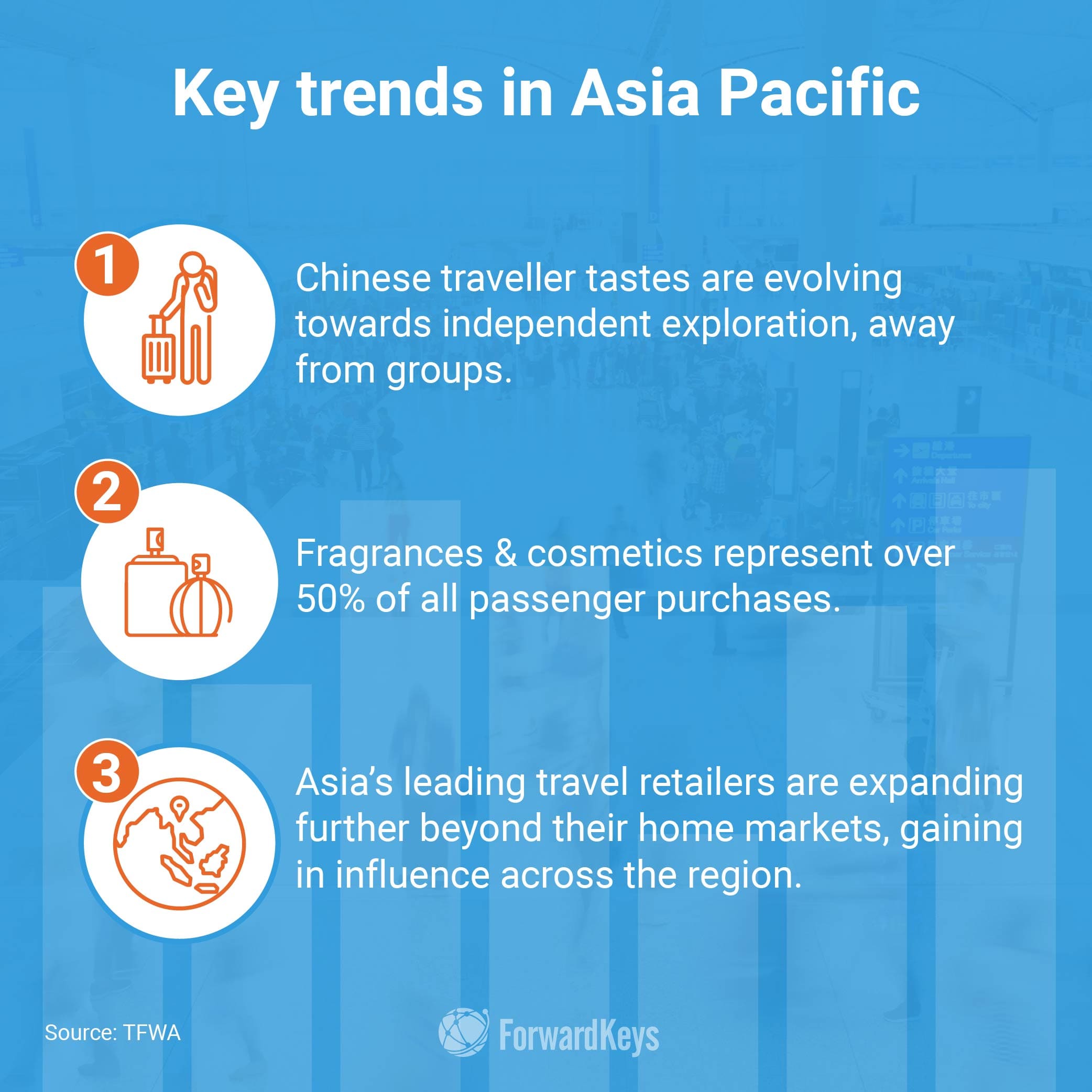The world of airport retail before COVID-19 was booming. Alongside increasing brick and mortar stores, airports have been improving services through personalisation and technology. From Heathrow’s personal shopper service to JFK leveraging Virtual Reality and Augmented Reality to help passengers find the retail shops at the airport, airport hubs were ensuring that passengers make the most of their limited time before and after boarding.
By 2023, duty-free and retail sales are expected to reach about 125.1 billion U.S. dollars. With around 28 percent of the market, the Asia-Pacific region had double-digit growth in 2018 with sales reaching $39 billion.

The increasing number of new air routes and the introduction of LCC carriers are among the main factors promoting the development of the Asia-Pacific duty-free and travel retail market. The rise in the consumption and purchasing power across China and India may have once had a positive impact on the market in this region, now that it’s doubtful yet hopeful.
However, in the region, the growing preference for differentiated and value-added products is boosting the people’s desire to travel, which in turn, is something to note for an expected increase in the demand of the duty-free industry. The adoption of new lifestyles and the introduction of cheap destination travel packages by companies, such as MakeMyTrip, Cleartrip, and GoIbibo, may result in the growth of the global duty-free and travel retail market.
Furthermore, the rapid penetration of social media and digitalization in the economy is expected to create lucrative opportunities for vendors operating in the Asia-Pacific market during this period.




